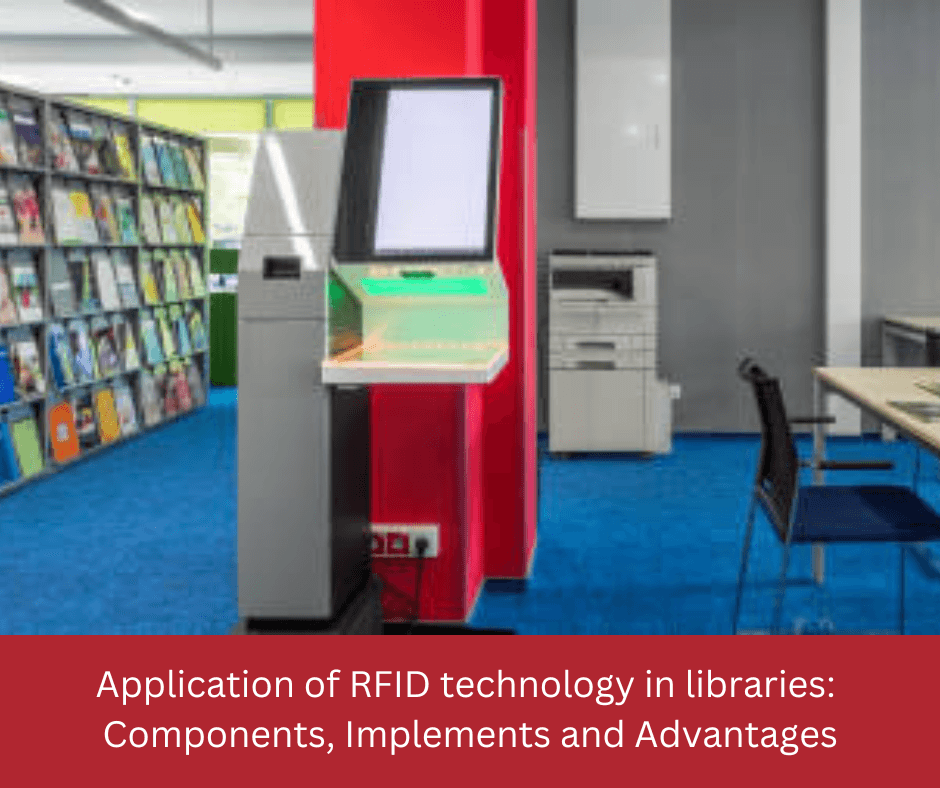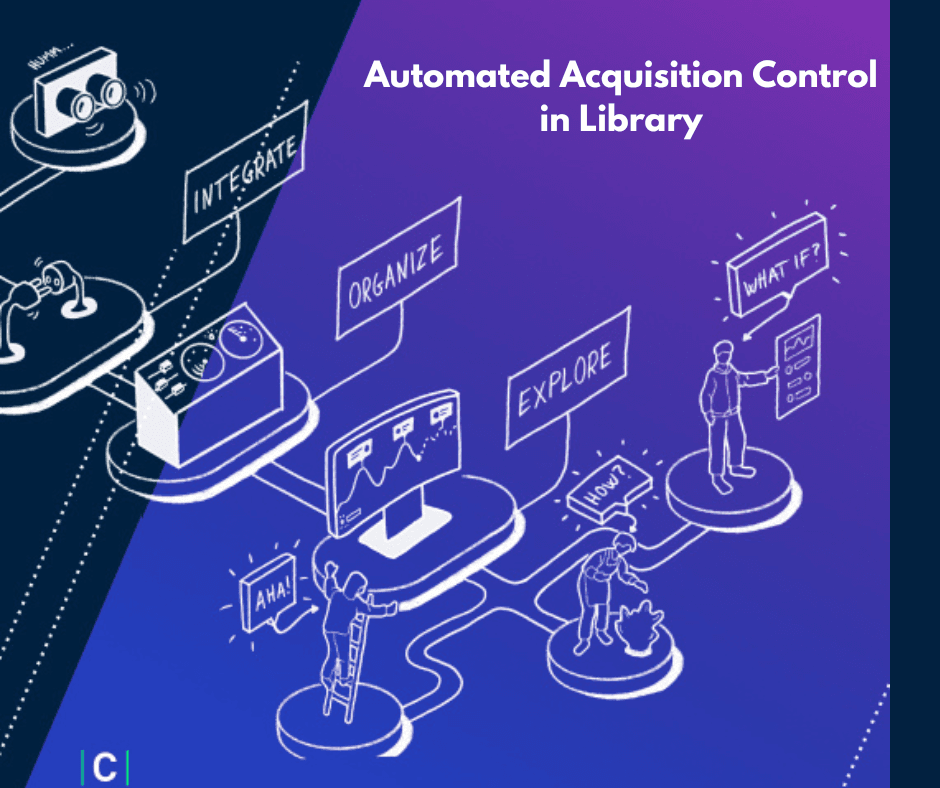Z 39.50: Action & Significance for Libraries
Z 39.50 is an information search and retrieval standard developed in the United States. It is a protocol for communication from one computer to another. The purpose of which is to assist in the full-textsearch and retrieval of full text documents, bibliographic data, images, multimedia, etc. Through this, multiple databases can be sent a single […]









